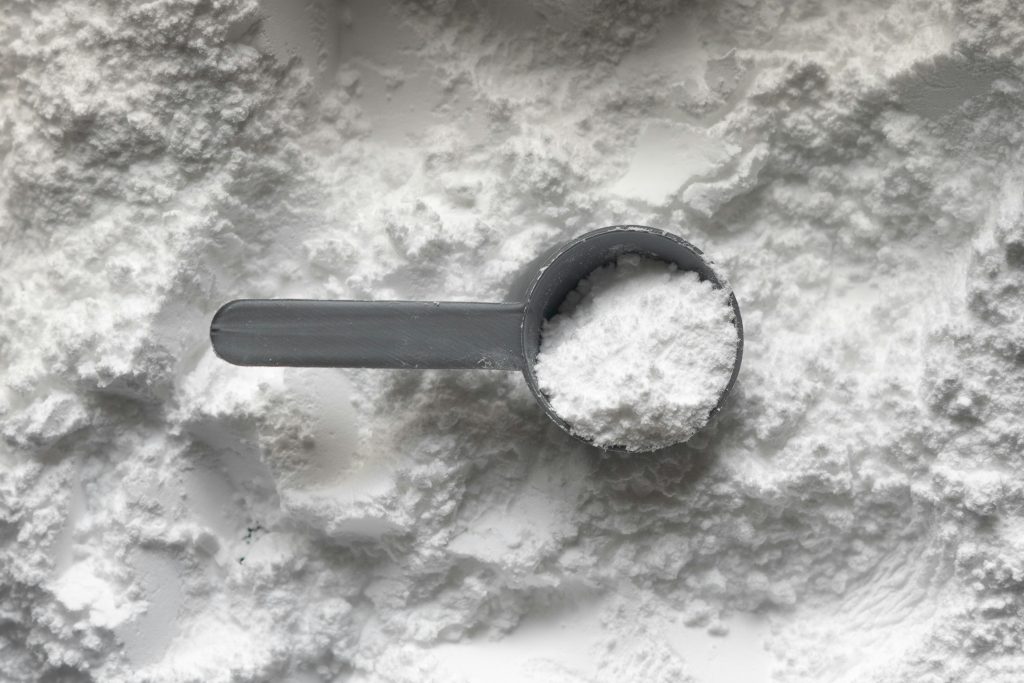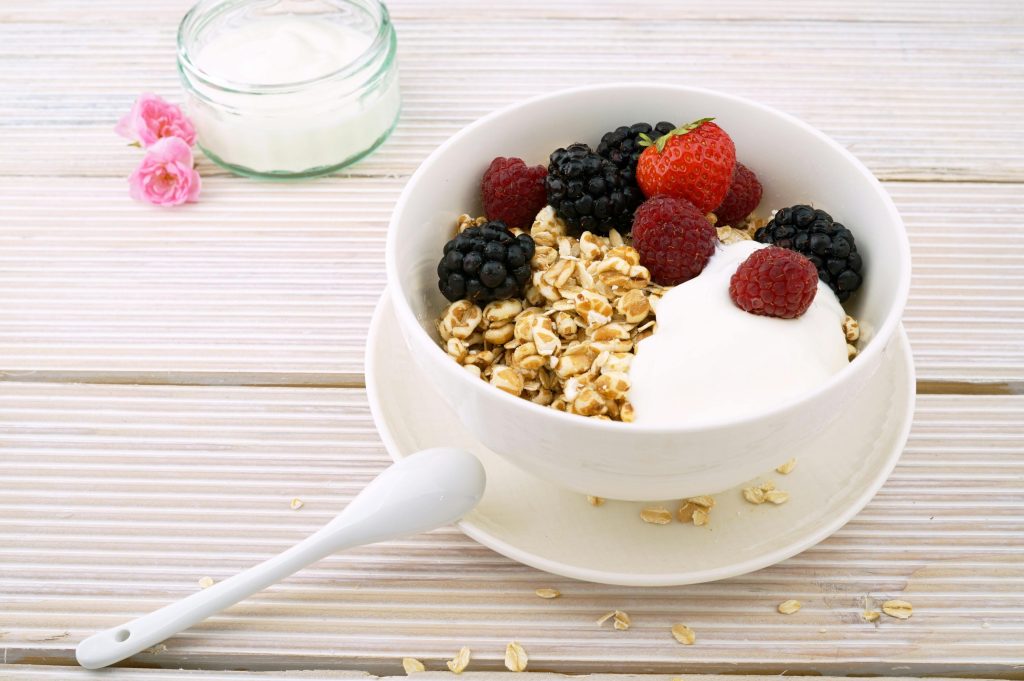Living with diabetes requires careful attention to diet and lifestyle choices. Among the many considerations, selecting the right type of milk can significantly impact blood sugar levels and overall health. With the plethora of options available in the market, it can be overwhelming for diabetics to make the best choice. In this guide, we’ll explore the various milk options and provide strategies for diabetics to make informed decisions.
Why milk is important for diabetics?
As is well known, milk is highly nutritious and closely related to people’s lives and physical health. Since 2000, the Food and Agriculture Organization of the United Nations has designated June 1st of each year as World Milk Day. The theme is to improve the nutritional status of the population and enhance people’s physical fitness.
For individuals with diabetes, the disease state enhances gluconeogenesis in the body, increases protein consumption, and makes it prone to negative nitrogen balance. Therefore, it is necessary to ensure that the intake of protein accounts for about 15% to 20% of the total energy, with at least 30% coming from high-biological-value proteins, among which dairy products are one of them.
Is Long-Life Milk the Same as Fresh Milk?
Certainly not. The difference between fresh milk and Long-Life milk lies in the temperature and duration of milk sterilization.
Fresh milk refers to milk processed using the pasteurization method.
It can effectively kill harmful bacteria in milk while maintaining beneficial bacteria, preserving the nutritional components of milk to the maximum extent, and retaining the original taste without adding any stabilizers, thickeners, emulsifiers, or other additives.
Fresh milk has a shorter shelf life, higher nutritional value, typically lasting no more than 10 days, and must be refrigerated.
Long-Life milk is produced using ultra-high temperature instant sterilization technology, usually packaged in sterile composite paper packaging, and can be stored at room temperature without refrigeration or preservatives for 1 to 6 months.
Due to the high temperature during processing, the nutritional active substances in milk (such as milk protein, vitamins, and elements like calcium, zinc, iron, etc.) may suffer greater losses compared to fresh milk, making it slightly inferior in terms of nutritional value.
Is Drinking Milk Powder Good for You?
The advice from nutritionists is: when choosing milk powder, understanding the food ingredient list is crucial. Opt for milk powder with little or no added sucrose or lactose.
Generally, diabetic patients should avoid foods with high sugar content, as they can cause rapid spikes in blood sugar levels. As long as the middle-aged and elderly milk powder contains little or no sugar, it is safe for diabetic patients to consume.
When preparing milk powder, follow the instructions for proportions. Once prepared, the fat and protein content of the milk powder is similar to fresh cow’s milk. The difference lies in its higher sugar content and lower vitamin content compared to fresh milk.
The advantage of milk powder is its longer shelf life compared to fresh milk, making it more convenient to drink.
The energy and major nutrients in cow’s milk, goat’s milk, and camel’s milk do not differ significantly. The main differences lie in the proportions of protein, the digestion and absorption of fat, and the content of minerals and vitamins. It’s worth mentioning that camel’s milk contains insulin-like factors that can stimulate insulin secretion from the pancreas, providing auxiliary treatment for diabetes.
| Milk | Goat’s milk | Camel’s milk | Comprehensive comparison | |
| Protein | 2.8% – 3.4% Casein to whey protein ratio is 85:15 | Casein to whey protein ratio is 75:25, closer to human milk | Higher protein content than milk | Camel’s milk > Goat’s milk > Milk |
| Fat | 3.5% – 4.2% | 3.6% – 4.5%, easier to absorb and rich in short-chain fatty acids | Lower fat content than milk | Goat’s milk > Milk > Camel’s milk |
| Minerals | Around 0.7% | 0.86% | The calcium content is higher than milk and the iron content is high | Camel’s milk > Milk > Goat’s milk |

Is Yogurt Suitable for Diabetics?
Yogurt is considered a boon for those with lactose intolerance.
Although yogurt contains around 4.6% lactose, the digestion of lactose is slow, and the presence of milk protein also helps to slow down the digestion of food. Therefore, yogurt has a relatively low impact on postprandial blood sugar levels.
Diabetics should choose plain yogurt, xylitol yogurt, or sugar-free yogurt because the milk fat in these yogurts contains a special fatty acid that not only helps prevent diabetes but also reduces fat levels in the body. Other types of yogurts often contain added sugar to reduce acidity, which can cause a spike in blood sugar levels.
Yogurt, while tasty, should still be consumed in moderation. Diabetics can choose to drink about 100 milliliters of yogurt during mid-morning or mid-afternoon to supplement their nutritional needs and help balance their diet.

Final thought
In conclusion, selecting the right type of milk is crucial for diabetics to manage their blood sugar levels and overall health. While fresh milk offers higher nutritional value, long-life milk and milk powder provide convenience and longer shelf life. Understanding the differences between various milk options and their impact on blood sugar levels allows diabetics to make informed decisions. Additionally, incorporating yogurt into their diet can be beneficial due to its slow digestion of lactose and potential health benefits. By prioritizing milk options with minimal added sugars and moderating consumption, diabetics can enjoy the nutritional benefits of milk while effectively managing their condition.

